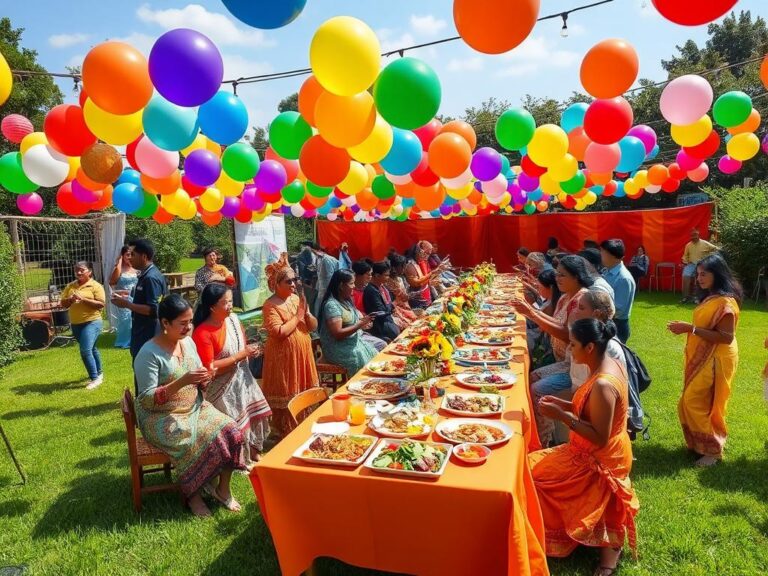Best Flowers for Death in Family
Best flowers for death in family play an integral role in expressing condolences, love, and respect during a profoundly challenging time. When we lose someone we love, the act of choosing flowers becomes a meaningful gesture of remembrance and support. It can provide solace not only to the grieving family but also to those who offer their condolences. Throughout this article, we will delve into the best flowers for death in family situations, exploring what each flower symbolizes and why they are chosen for solemn occasions. From traditional arrangements to unique selections, understanding the emotional significance behind these flowers helps us create heartfelt tributes that resonate deeply with those who are mourning.
The Importance of Choosing the Right Flowers
Choosing the right flowers for someone who has passed away is essential for several reasons. Flowers communicate emotions that words sometimes cannot express. They bridge the gap between the living and the deceased, offering a visual representation of love, respect, and remembrance.
Moreover, different flowers convey specific messages and sentiments, providing insight into the relationship shared with the deceased.
For instance, white lilies often symbolize purity and innocence, making them particularly suitable for funerals.
In contrast, red roses embody love and admiration.
Understanding the significance of these floral choices can help grieving families find comfort and meaning in the arrangements chosen for their loved ones.
Common Choices for Funeral Flowers
When it comes to selecting flowers for memorial services and funerals, certain choices have become traditional for various reasons. Below, we break down some of the most common flowers chosen during these times.
- Lilies: Often associated with funerals, lilies symbolize the restored innocence of the soul of the deceased. Their large blooms provide elegance and a sense of purity.
- Roses: Versatile and meaningful, roses convey love and respect; their colors also carry specific meanings: red for love, pink for admiration, and white for purity.
- Chrysanthemums: Known as “mums,” these flowers represent death in many cultures and are widely used in funeral arrangements.
- Carnations: A classic choice for funerals, especially red and white varieties. Red carnations symbolize love, while white represents a love that endures.
More Flowers to Consider
Besides the common choices, numerous other flowers can express the sentiments of loss and remembrance effectively. Examples include:
- Orchids: Exotic and elegant, orchids symbolize eternal love and can beautifully represent the lasting bond you shared with the deceased.
- Daffodils: Representing rebirth, daffodils can be a comforting symbol of life continuing after loss.
- Hydrangeas: Known for their lush blooms, these flowers convey heartfelt emotions and can provide a soft touch to memorial arrangements.
- Forget-Me-Nots: Symbolizing remembrance, these delicate flowers are perfect for honoring a loved one.
- Sunflowers: Bright and cheerful, representing loyalty and adoration, they can serve as a reminder of happy memories.
The Symbolism Behind Each Flower
Understanding the symbolism surrounding each flower can help us choose the appropriate blooms to fit the scenario and the personality of the deceased. Here are additional flowers that can be meaningful in a funeral arrangement:
- Snapdragons: Tall and mysterious, snapdragons symbolize strength and facilitate healing for those grieving.
- Peonies: Known for their fullness and beauty, peonies represent good fortune and a happy life, which can be particularly comforting to remember.
- Zinnias: Symbolizing endurance, zinnias can add a vibrant touch to memorial gardens.
- Tiger Lilies: These striking flowers represent wealth and pride and offer a bold remembrance.
- Calla Lilies: Elegant and sophisticated, they symbolize purity and beauty, making them perfect for memorial settings.
Cultural Variations in Floral Remembrance
Flowers hold unique significance across different cultures, particularly when it comes to honoring those who have passed away.
In Western traditions, white flowers typically dominate, emphasizing purity and hope.
For example, in many Asian cultures, chrysanthemums are considered the ultimate funeral flower, symbolizing both death and rebirth.
Understanding these variations can be crucial when selecting suitable flowers for those from diverse backgrounds.
Creating Unique Floral Arrangements
Arrangements can be as varied as the flowers you choose.
Incorporating personal touches or favorite flowers of the deceased can create a unique tribute.
For instance, consider the following tips when creating arrangements:
- Combine flowers of various colors to symbolize the life the person led, perhaps including their favorite hues.
- Utilize natural elements such as greenery or twigs to showcase life and growth alongside flowers.
- Use a mix of dried and fresh flowers to represent the cycle of life.
Long-lasting Tributes: Drying Flowers
Another way to honor the memory of the deceased is to dry and preserve the funeral flowers.
This method not only keeps the memories alive but also serves as a beautiful reminder of the deceased.
Simply hang the flowers upside down in a dark place, and allow them to dry naturally.
Create a meaningful display using these flowers, like framing them in a shadow box or integrating them into a scrapbook.
Sharing Your Thoughts and Experiences
Encouraging open discussions about loss can be beneficial for both those grieving and the supporters.
Share stories, thoughts, and feelings about the deceased.
Doing so can help create a supportive community that embraces remembrance.
Additionally, consider organizing activities that encourage reflection and memory-sharing with others.
This time of solidarity can create lasting bonds while allowing individuals to connect over shared experiences.
Conclusion
Choosing the best flowers for death in family situations is a heartfelt endeavor that can provide comfort to grieving families.
Understanding not just the flowers but the symbolism behind them can help create meaningful arrangements that honor the lives of our loved ones.
Whether it’s a classic lily or an exotic orchid, every flower serves as a beautiful tribute, a reminder of love and respect for those who have passed.
In this way, flowers are not merely decorative; they are a source of healing and connection during one of life’s most challenging times.
Frequently Asked Questions
What flowers are appropriate for a funeral?
Several flowers are traditionally chosen for funerals, such as lilies, roses, chrysanthemums, and carnations.
These blooms are known for their significance and for conveying feelings of love, remembrance, and respect.
Can I send flowers to a family home instead of the funeral home?
Yes, sending flowers directly to the family home can be a thoughtful gesture as it allows the grieving family to have reminders of love and support during their time of mourning.
What should I include with funeral flowers?
It’s common to attach a sympathy card expressing your condolences and support.
Sharing a personal message can provide comfort during this difficult time.
Are there flowers to avoid for funerals?
While there are no hard and fast rules, it’s wise to avoid overly bright or cheerful flowers like yellow or bright pink, as they may not fit the somber occasion.
How can I personalize a flower arrangement for a loved one?
Adding the deceased’s favorite flowers or colors, as well as incorporating personal touches like notes or symbols significant to them, can create a more meaningful arrangement.
Choosing the best flowers for death in family situations is a deeply personal choice that reflects love, respect, and remembrance.
Your thoughts, experiences, or questions related to this topic are welcome in the comments section below.
Let’s collectively pay tribute to those we loved and lost while fostering a supportive community.







